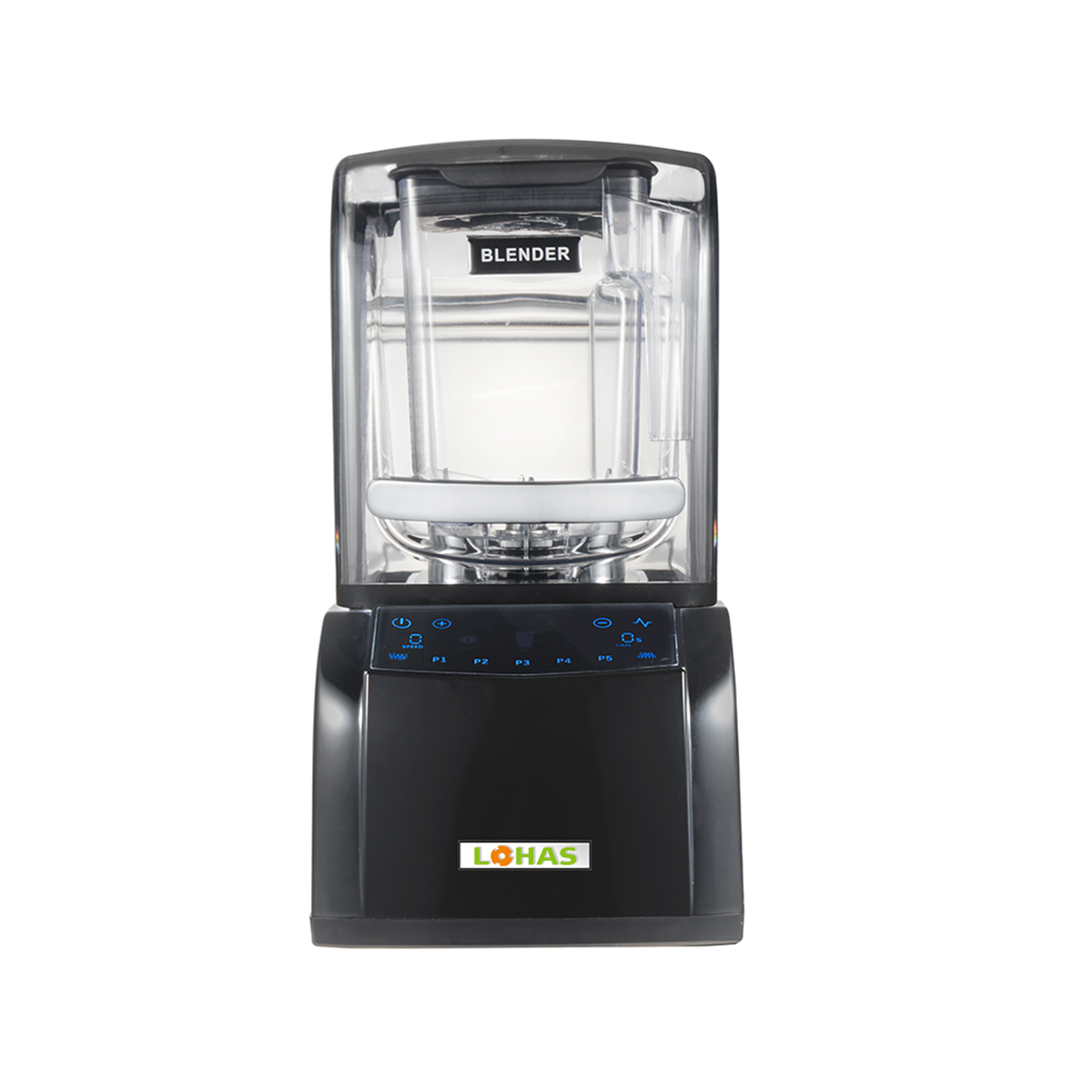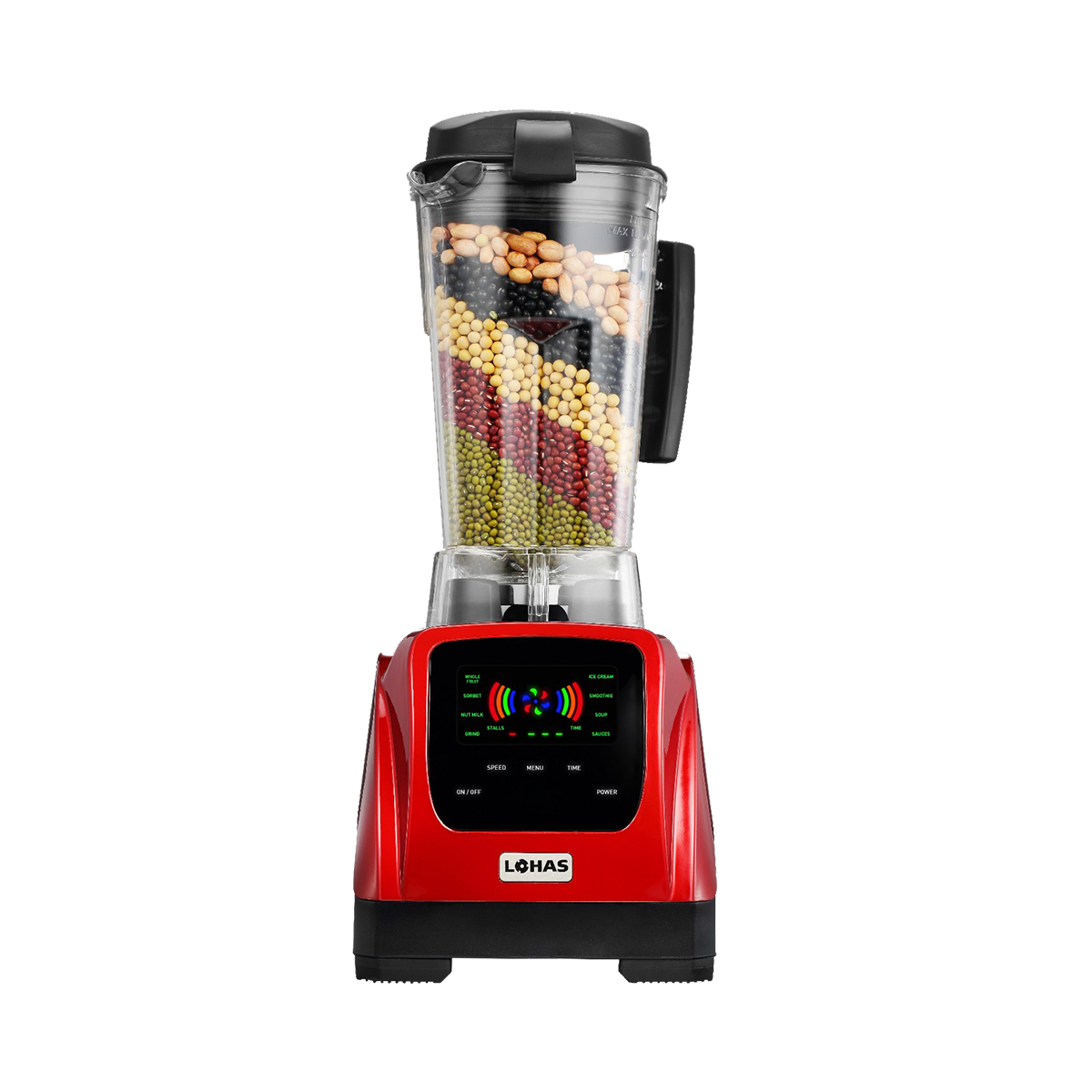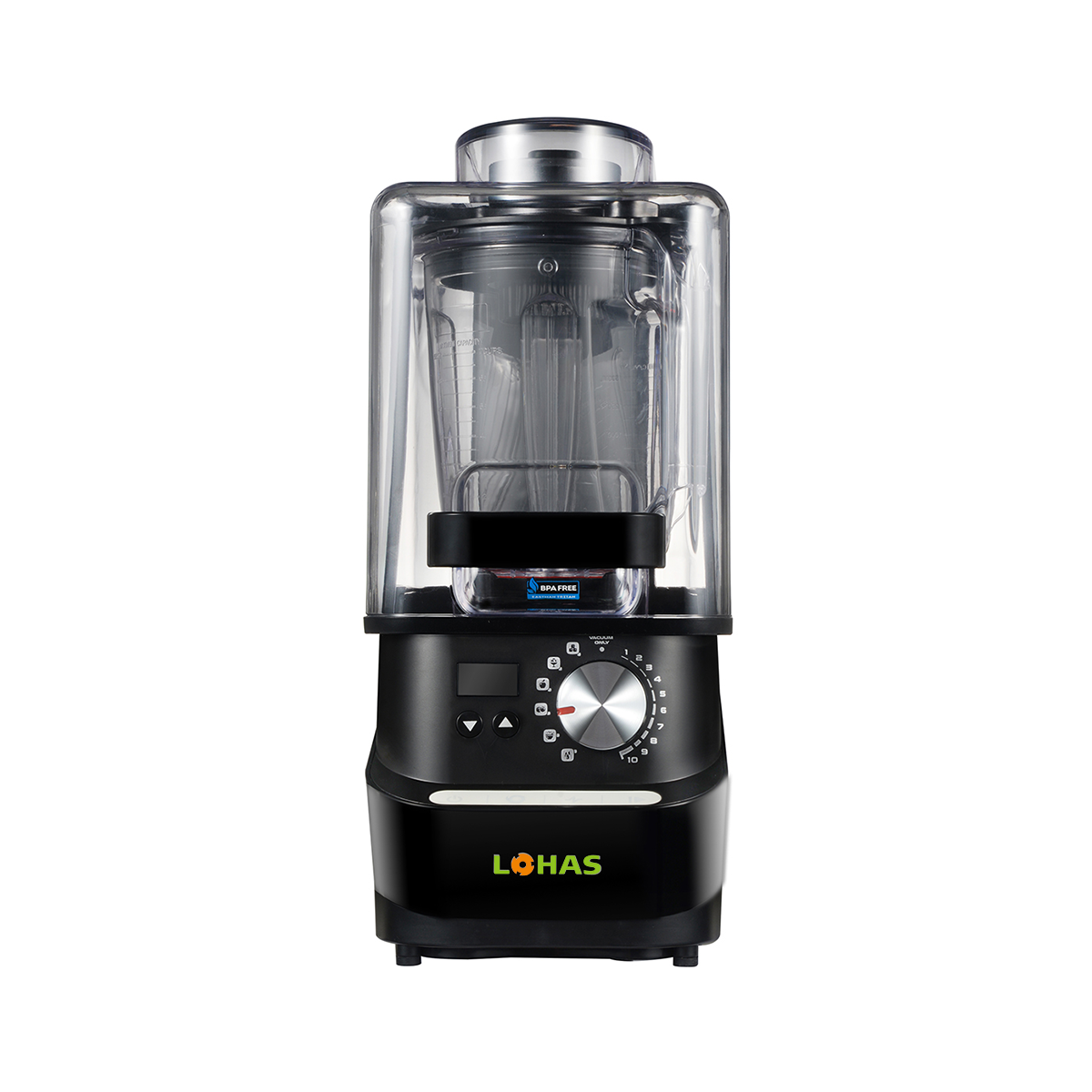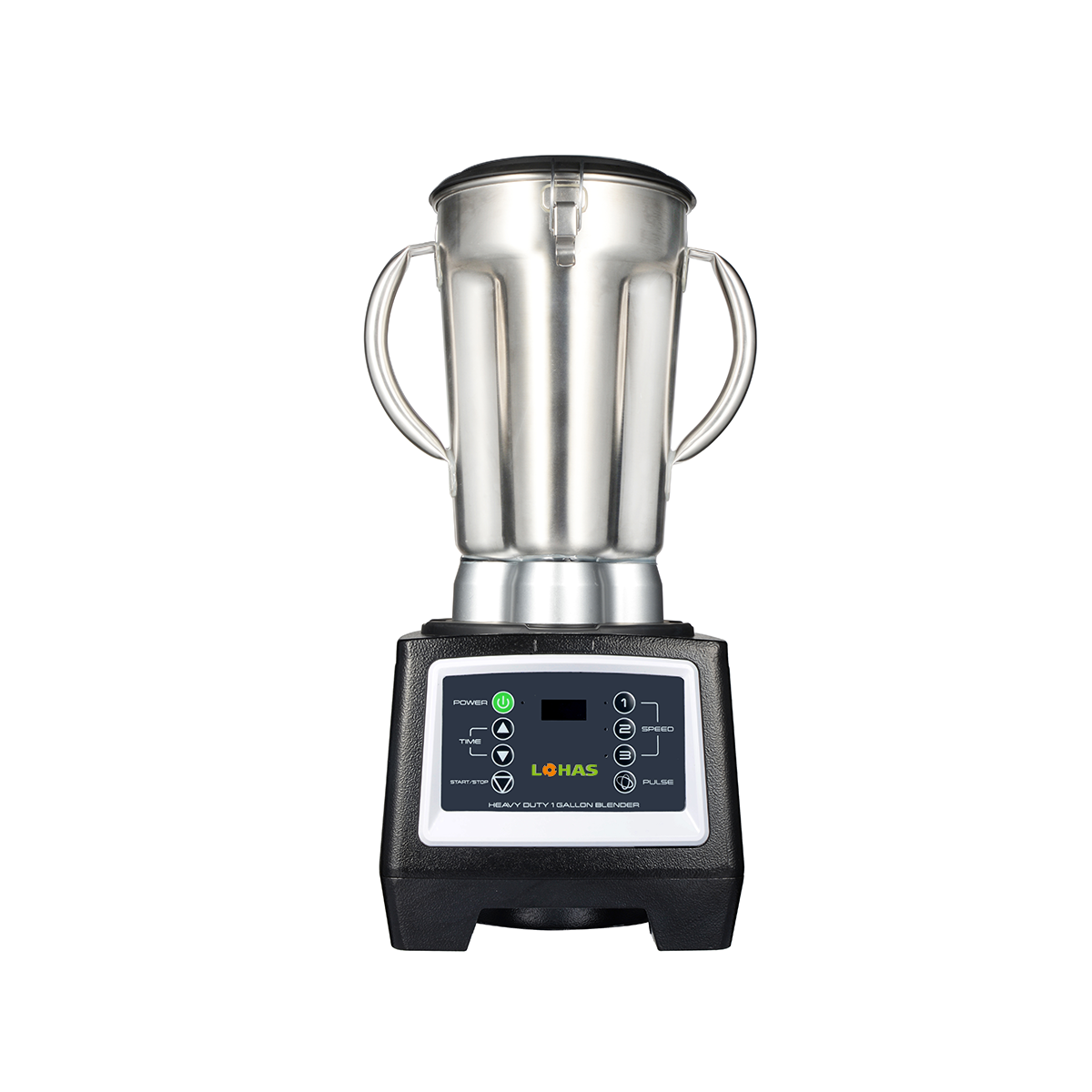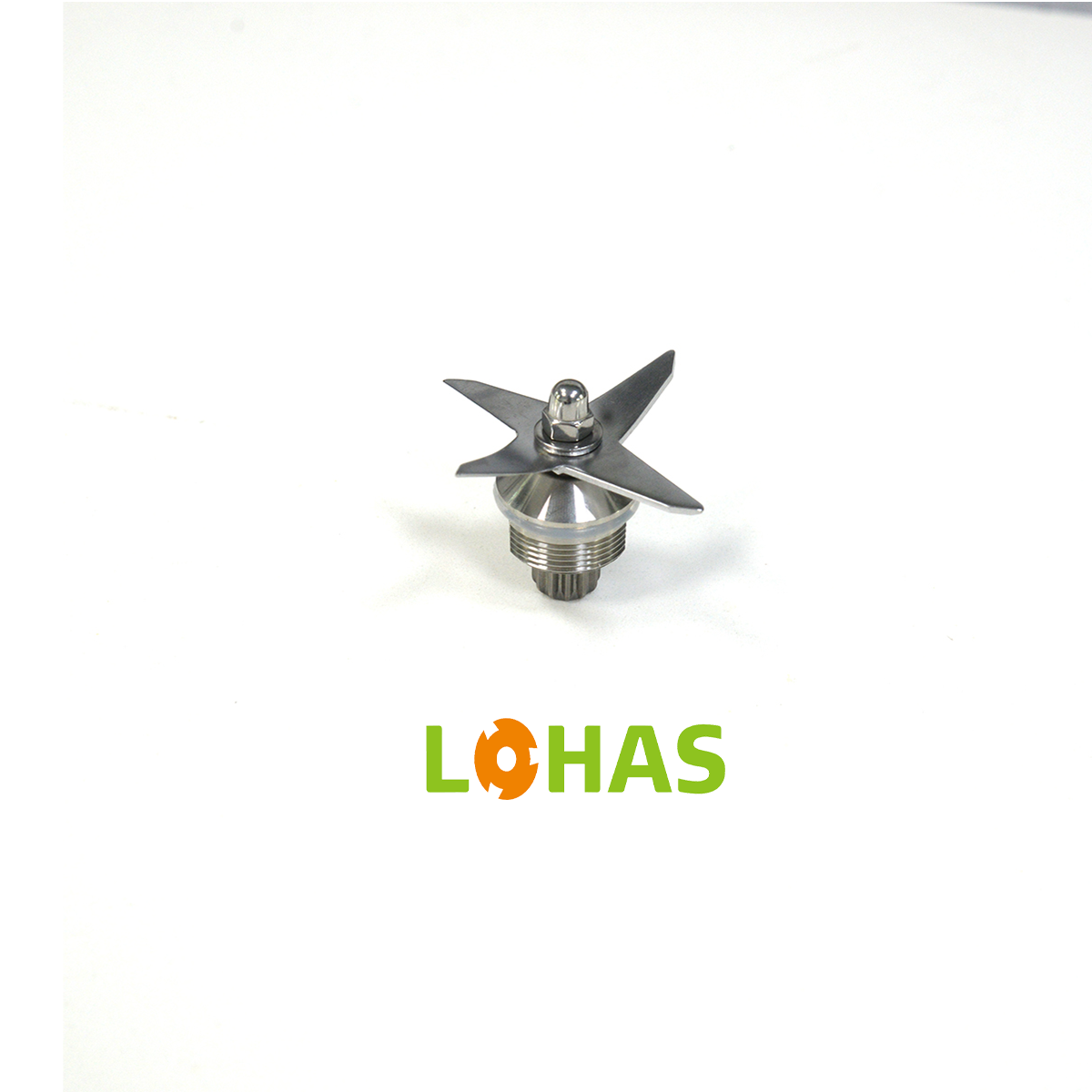Daily Cleaning Routine for Your Electric Blender
Why Immediate Post-Use Cleaning Matters
Washing your electric blender right after every use is very important to keep it clean and efficient. Once food remnants dry and harden, they are tough and tedious to clean. There’s also the risk of these residues becoming a breeding ground for bacteria if left uncleaned - not very food safe. We can also avoid cross-contamination between various foodstuffs by maintaining a good post-use clean after use and this helps to improve hygiene in the kitchen. Regular cleaning contributes to the blender's reliability, preventing it from malfunctioning and the buildup of dirty residues.
Avoiding Residue Buildup in Blades
Washing the blender blades immediately after using the blender can go a long way in helping keep it clean by avoiding the buildup of tougher residues. Blades should be cleaned regularly to maintain optimum performance since food particles can get lodged in the clean cutting mechanism. Furthermore, residue can promote rust and eventually cause the blades to get damaged. For hard-to-reach areas, having a small brush can be key. It just gets in to all those little nooks and crannies and no residue is left behind. Good news is, with only a few minutes of love we can keep our trusty blenders working for us for years to come, and few months it's alive.
Weekly Deep Cleaning Schedule
Disassembling Parts Safely
When you want to deep clean your electric blender once a week it’s important to safely disassemble the parts. Begin by removing the blender after unplugging for safety. This is so that there is no danger of receiving an electric shock or trying to fire the stun gun in a panic! While you're taking away the parts, take note of the order in which you’re doing so, so that you can just as easily throw the blender back together after washing. If required, use suitable tools to carefully disconnect parts - particularly components screwed together may not be pulled or levers apart to ensure they do not break.
Using Vinegar or Baking Soda Solutions
Use a vinegar or baking soda solution Make deep cleaning your blender a breeze. Vinegar is an all natural disinfectant and also acts as a great deoderizer; it leaves everything smelling clean and fresh by the time its all said and done. A little water and baking soda make a gentle abrasive, great for cutting through those stubborn stains and buildup without scratching the surface. Make sure they’re throughly rinsed after and you can be sure it’s safe to clean your electric blender and that it will be as good as new!
Inspecting Seals and Gaskets
A third important step is looking seals and gaskets every week with your regular cleaning. Periodic examination is important to ensure these components are in good health and are doing their job effectively. Flattened seals can cause leaks or other issues with the mixing ability of the blender. If wear to the seals is discovered, the replacing of seals well ahead of time is recommended, this will avoid any further problems, so keeping your machine in service for many years to come.
Monthly Maintenance Checks
Monthly maintenance checks are essential to keep your blender running smoothly and efficiently. By addressing vital aspects such as lubrication and blade replacement, we ensure that the blender operates at its best.
Lubricating Moving Components
Lubricating the moving parts of your blender is vital for ensuring everything operates efficiently. Food safety lubricants protect components from corrosion and can extend equipment life. Always refer to your manufacturer's recommendations for proper lube requirements, as lubing incorrectly may void your warranty or could lead to mechanical failure. By keeping these parts well-lubricated, you can extend the life of your blender while making sure that it operates smoothly without any glitches.
Replacing Worn Blades
Checking blade condition is an important part of ensuring the effectiveness of blending and food processing. Sharp blades are essential for good performance, change them out when the blades are dull or damaged. Instructions for how often blades should be replaced depending on use are generally included by most manufacturers, so it’s a good idea to check these recommendations from time to time. This proactive behavior will guarantee that your blending ability is at its best and will not hinder your culinary results.
By adhering to these monthly checks, you maintain your blenderâs longevity and functionality, ensuring it remains a dependable asset in your kitchen. Regularly addressing lubrication and blade conditions will keep your blender running smoothly for years.
Signs Youâre Not Cleaning Often Enough
Persistent Odors Despite Washing
If you find unpleasant odors lingering after you’ve washed your blender, that might point to a buildup of residue in tight, hard-to-clean places. Blender smells can be a key sign that it’s not only invisible to you, but bacteria has taken residence without you even knowing it. It may also be prudent to give hard-to-reach spots, such as in the blender motor base where food bits can get stuck, a good once-over to prevent unappetizing odors.
Reduced Blending Efficiency
If your blender has been noticeably less effective, it might be a sign that the blades are dull, or that there is a lot of residue built up on them. Your smoothie blender is supposed to work efficiently to create a smooth blend, but if you are coming across clumps, it might be time to question the way you are maintaining it. Not only does routine cleaning it optimize performance, it is the single most important maintenance we can do to help ensure the life of the appliance.
Visible Mold or Mineral Deposits
When mold growth or mineral deposits develop, it’s a clear indication that some parts of your blender are not being cleaned and dried properly after each use. Routine checks and prevention can reduce the health problems that arise from these contaminants. Visible deposits? It’s time to pick up the pace and clean the blender more frequently before you have some shifty germs growing in there. Mold in a blender is a sure sign it’s time to kick things up a notch in the cleaning department.
Dishwasher Safety for Blender Parts
Avoiding Heat Damage to Plastic
Several parts of the blender are likely to warp or suffer from damage when subjected to temperatures in the dishwasher. Plastic parts, in particular, need to be examined before you throw them in the dishwasher. Remember, always check the manufacturer’s instructions to be sure parts are dishwasher-safe. Wherever there may be doubt, take the cautious approach and go with hand washing. This technique is typically safer and more gentle with delicate parts, helping to extend the life of your blender.
Post-Dishwasher Drying Protocols
Allow blender components sufficient time to completely dry after being washed or rinsed. The mould will grow in any moisture left over and if is not taken care of, the electronic components can lose. After you have washed each piece make sure it is completely dry. You can do this with a clean towel or by allowing the parts to air-dry in a well ventilated place. Doing this after every use will not only help to prolong the life of your blender, it also helps to prevent unwanted health risks associated with mold.
Long-Term Care for Blender Longevity
Storing Components Separately
Blender parts should be separated to avoid damage. Where blades and other parts are stored in contact with each other, such can contribute to scratching or marring, particularly during handling or transit. To prevent this, I suggest using storage cases or racks that cater only to kitchen appliances. Not only do these tools organize everything, but having them open makes it easier to maintain your gear. Taking care of your blender is simple and goes a long way to extending the life of your appliance and keeping it as good as new.
When to Seek Professional Servicing
Knowing when to have your blender serviced professionally can make all the difference for your appliance. If you notice any strange sounds or a decrease in the level of performance, you may want to consider calling a professional. Providing your rats with regular professional checkups can address problems before they become serious. And the more detailed you can keep track of repairs/service history the better too. This record helps engineers with similar problems in the future during trouble shooting. Favoring professional care along with your regular maintenance will ensure your blender continues to perform at its best for the life of the machine.
FAQ
Why is immediate post-use cleaning important for my blender?
Immediate cleaning prevents stubborn residue buildup and bacterial growth that can compromise food hygiene and your blender's efficiency.
How can I prevent residue buildup in blender blades?
Rinsing blades immediately after use and using a small brush to clean nooks and crannies can effectively prevent residue buildup.
What solutions are best for deep cleaning my blender?
Vinegar and baking soda solutions are excellent for disinfecting and removing tough residues without scratching the surfaces.
How often should I replace my blender blades?
Blender blades should be replaced when they show signs of dullness or damage. Follow the manufacturer's guidelines for replacement frequency.

